Amifostine, also Amifostinum or Amifostinum trihydricum, with the trade name Ethyol®, is a prescription drug with a cell-protecting effect that has been established in 1995 and is used in chemotherapy, radiation therapy and to prevent dry mouth. For example, amifostine is used in advanced tumors of the ovaries or in the head and neck area by containing potential tissue damage caused by cancer therapy. This protection does not extend to the cancerous tissue itself, as it lacks the prerequisites to smuggle the radio protector into the cell. Amifostine is characterized by a wide therapeutic range and good tolerability.
What is amifostine?

Amifostine is a prescription drug with a cell-protecting effect that has been established since 1995 and is used in chemotherapy, radiation therapy and to prevent dry mouth.
As early as 1948, the US radiologist Harvey Milton Patt discovered that the amino acid cysteine had a radioprotective effect. During the Cold War, the Walter Reed Army Institute developed the - so far only - radio protector (WR2721) as protection against radioactive radiation in the event of a nuclear war. However, since the substance is not available orally, but only via infusion, it is not used in the US Army.
The white, crystalline powder is soluble in water. Sodium chloride solution (physiological saline solution) is added to the amifostine or ethylene powder prior to its intravenous use, but no other drugs to avoid interactions. The infusion solution can be stored for six hours at up to 25 ° C or 24 hours between two and eight degrees Celsius, in powder form for 36 months at room temperature.
Pharmacological effect
Chemically, amifostine (molecular formula C5H15N2O3PS) is a parent substance (prodrug), which is only converted into the active ingredient enthanthiol in the tissue. Amifostine has a cell-protective effect, so it protects against the blood-picture-damaging, otherwise life-threatening toxicity of chemotherapy and repairs DNA attacked by cytostatics (cancer drugs).
The drug protects the healthy tissue, but not the tumor cells, from the side effects of chemotherapy and radiation therapy (selective cytoprotection) by intercepting free radicals, aggressive oxygen compounds. Due to the better blood supply in healthy tissue, amifostine can concentrate fifty to one hundred times higher there than in tumor tissue and reaches this tissue concentration after ten to 30 minutes.
Only a maximum of four percent of the amount injected is excreted in the urine. However, amifostine is not able to protect the central nervous system because it cannot cross the blood-brain barrier.
Medical application & use
Tissue-protecting amifostine is used in chemotherapy and radiation therapy for advanced ovarian tumors, lung cancer, head and neck tumors, but also for prostate cancer. Patients with ovarian cancer who are undergoing combination therapy with cisplatin / cyclophosphamide receive a single 910 mg / m KO ethyl solution at the beginning of the chemotherapy cycle under the supervision of a doctor who is experienced in chemotherapy or radiation therapy.
Amifostine or ethylene solution is administered as a 15-minute intravenous short-term infusion, with the actual chemotherapy again beginning 15 minutes afterwards. In the aforementioned patients with ovarian cancer, the active ingredient reduces the risk of infection through the combination therapy, triggered by the decline in white blood cells.
In addition, amifostine also reduces the kidney toxicity in other tumors that are treated with combination therapy (with cisplatin) - care must be taken to ensure adequate fluid intake. Amifostine also protects patients with head and neck cancer from the toxic effects of radiation treatment.
Risks & side effects
The active ingredient amifostine or the agent Ethyol must not be given to children and patients over 70 years of age in case of hypersensitivity to aminothiol compounds, low blood pressure, lack of fluids, kidney or liver failure.
Pregnancy and breastfeeding are also excluded, as the administration of Ethyol always takes place in connection with drugs that damage fertility and genes. The most common side effects include nausea, vomiting, increased liver enzyme levels, drop in blood pressure, decrease in the level of calcium in the blood, feeling hot and drowsy.
Skin reactions are common (105 out of 10,000) in radiation therapy patients and rarely (7 out of 10,000) in chemotherapy patients. Allergic reactions may manifest as rashes, chills, chest pain, and difficulty breathing, sometimes weeks after the infusion. To keep side effects to a minimum, ensure sufficient fluid intake before the infusion and monitor blood pressure during and after the treatment. The patient should lie on their back during the infusion.
If the blood pressure drops, his pelvis should be elevated (Trendelenburg position) and physiological saline solution should be given. If special chemotherapy (such as with cisplatin) induces nausea, the doctor will combine the administration of ethylene with anti-vomiting agents and closely monitor the fluid balance. The attending physician is required to only give the infusion for a maximum of 15 minutes, as the rate of side effects increases with the duration of the infusion.

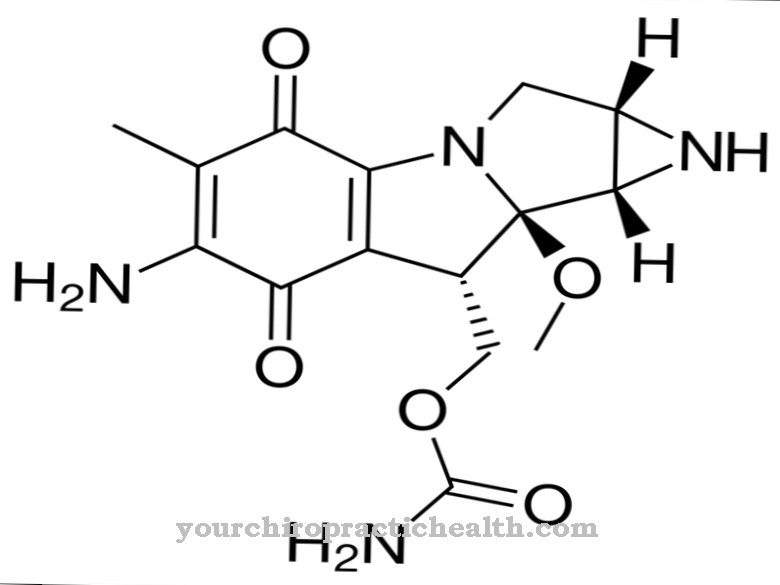
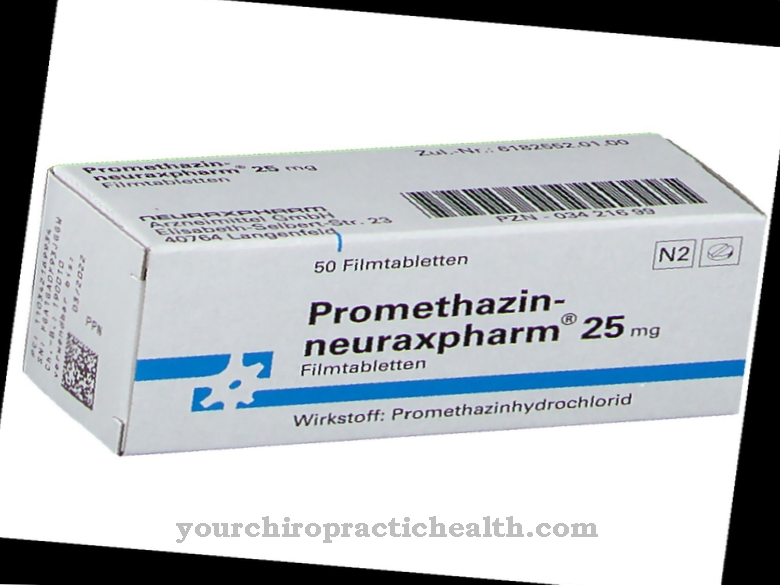
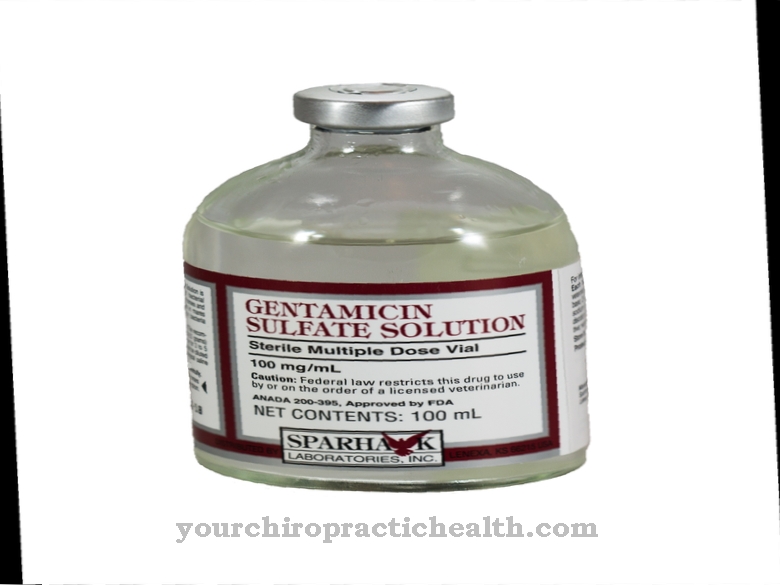
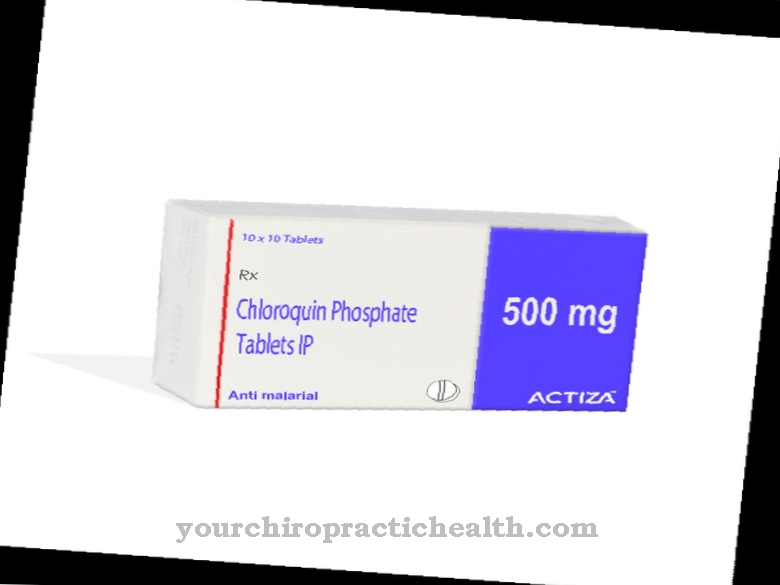

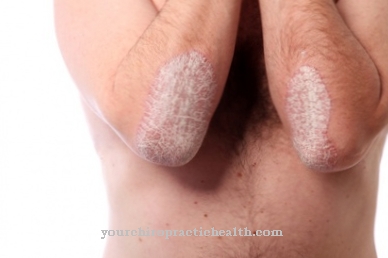





.jpg)



.jpg)










.jpg)
